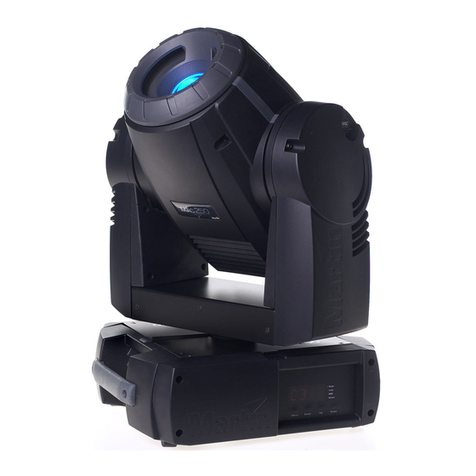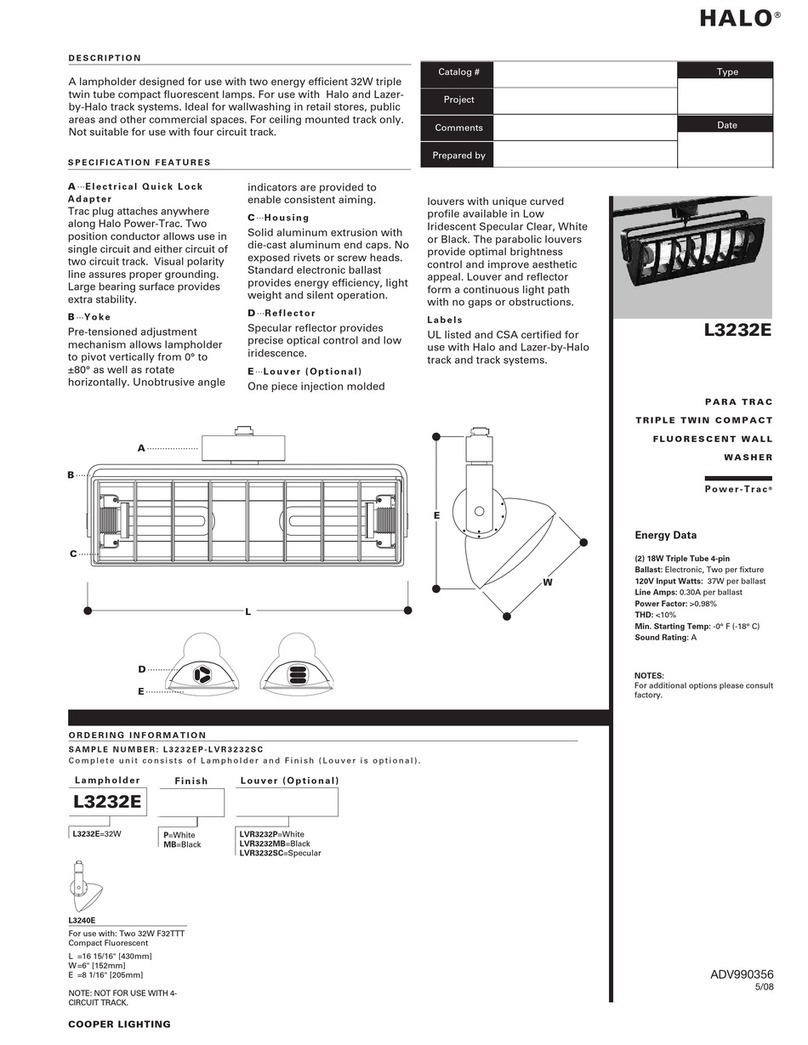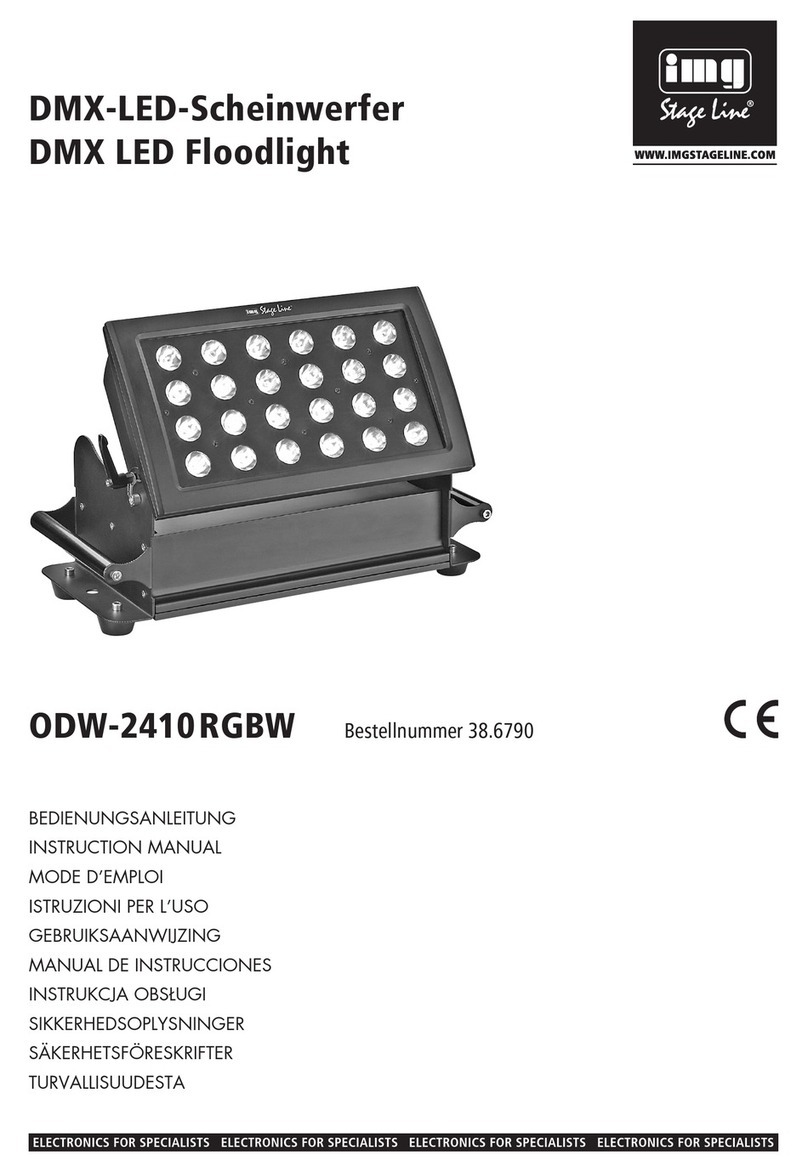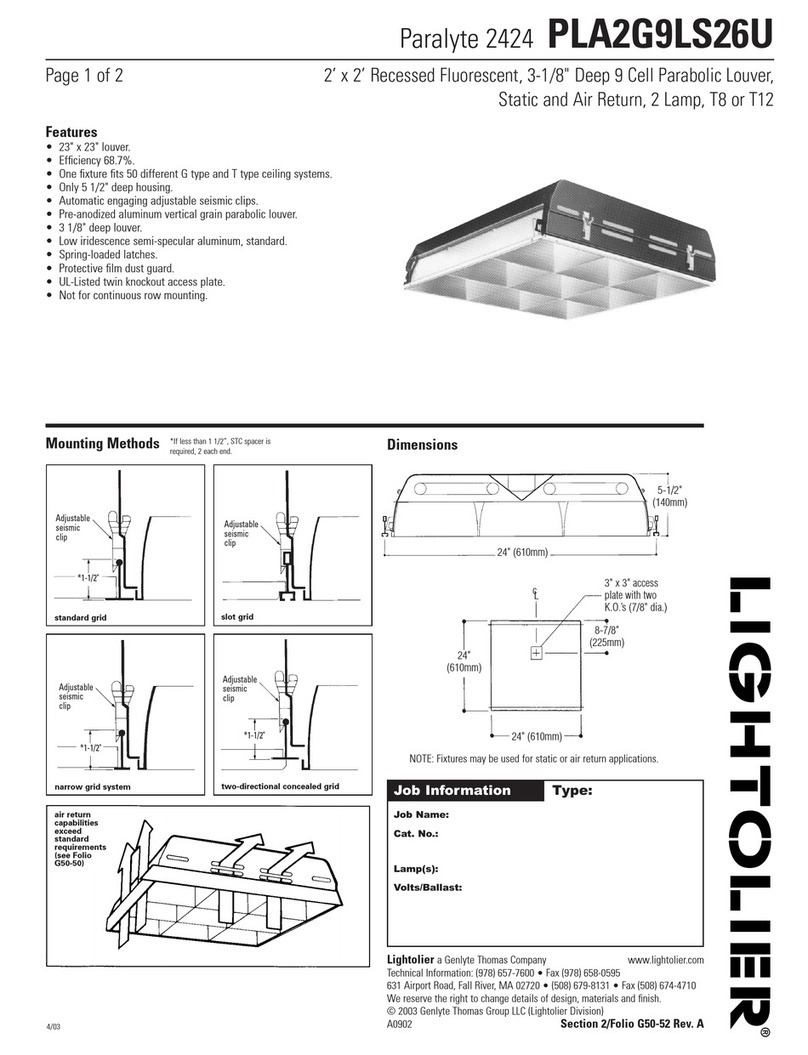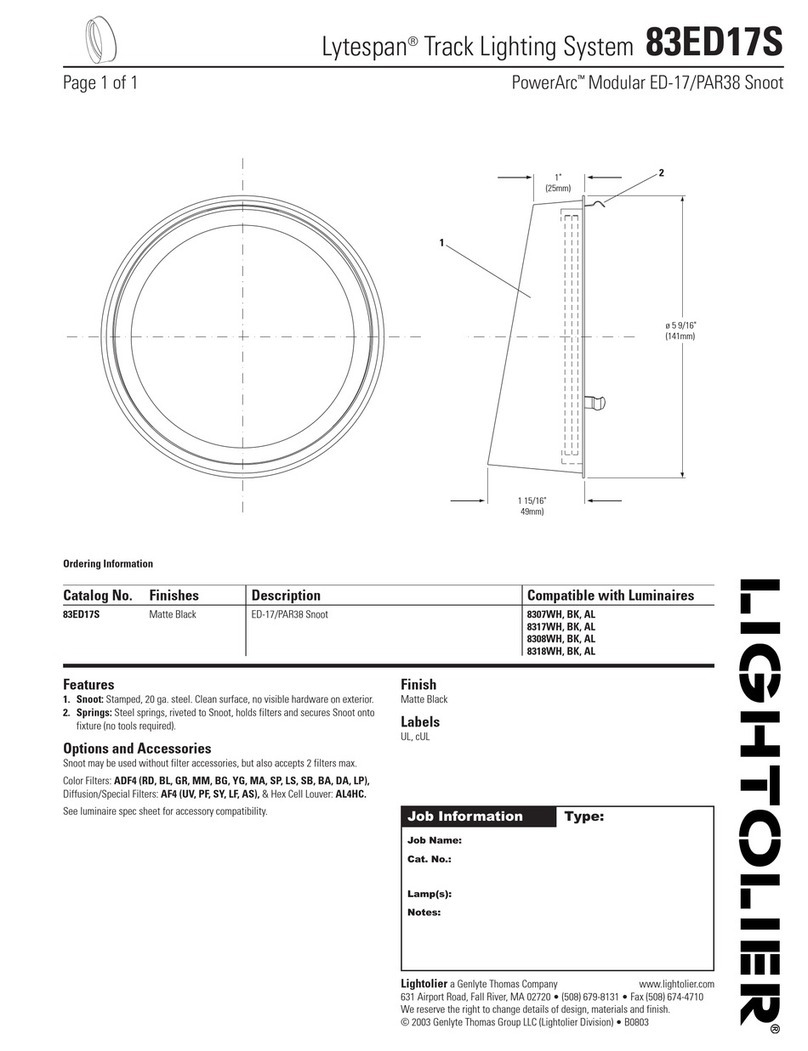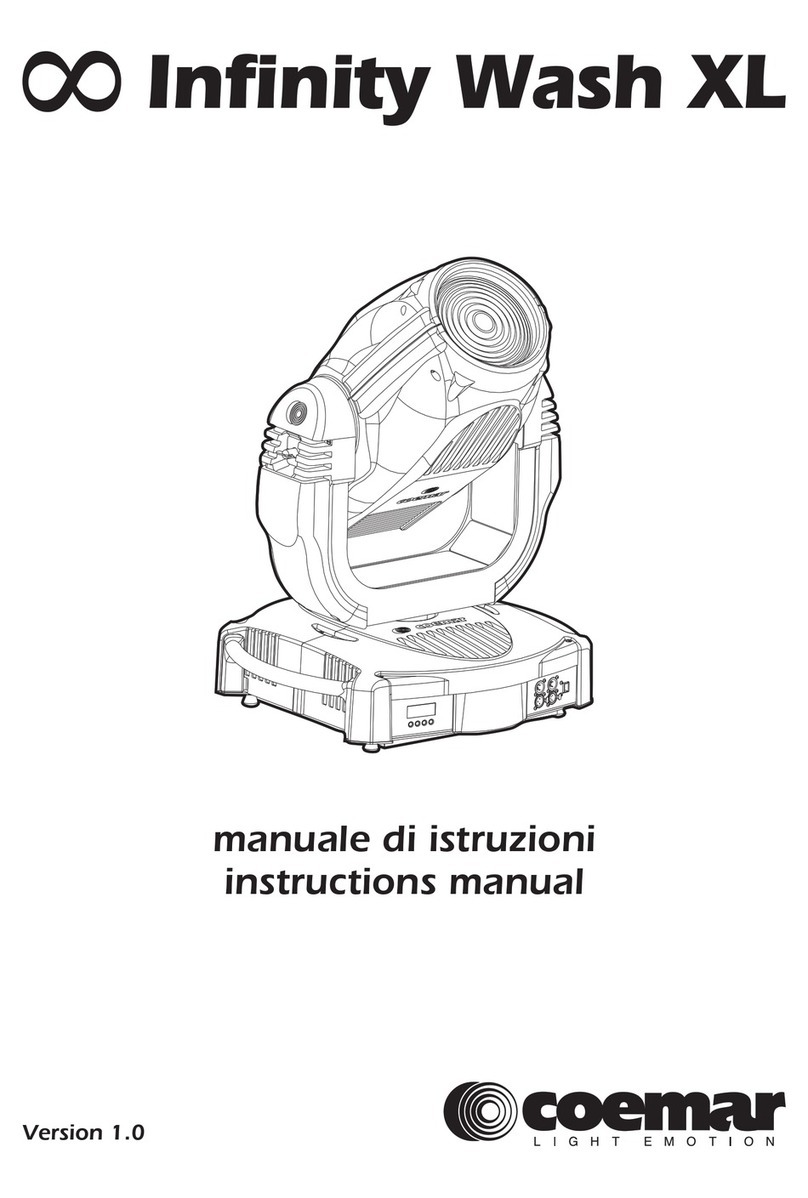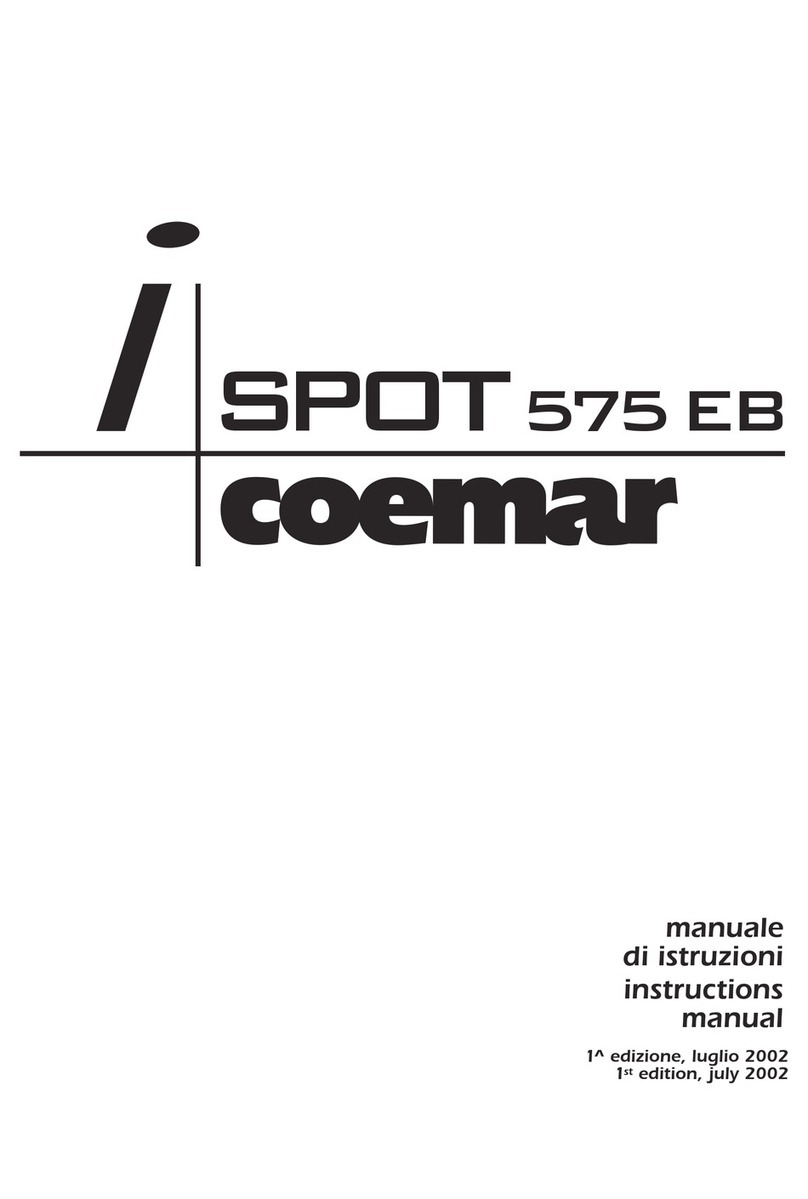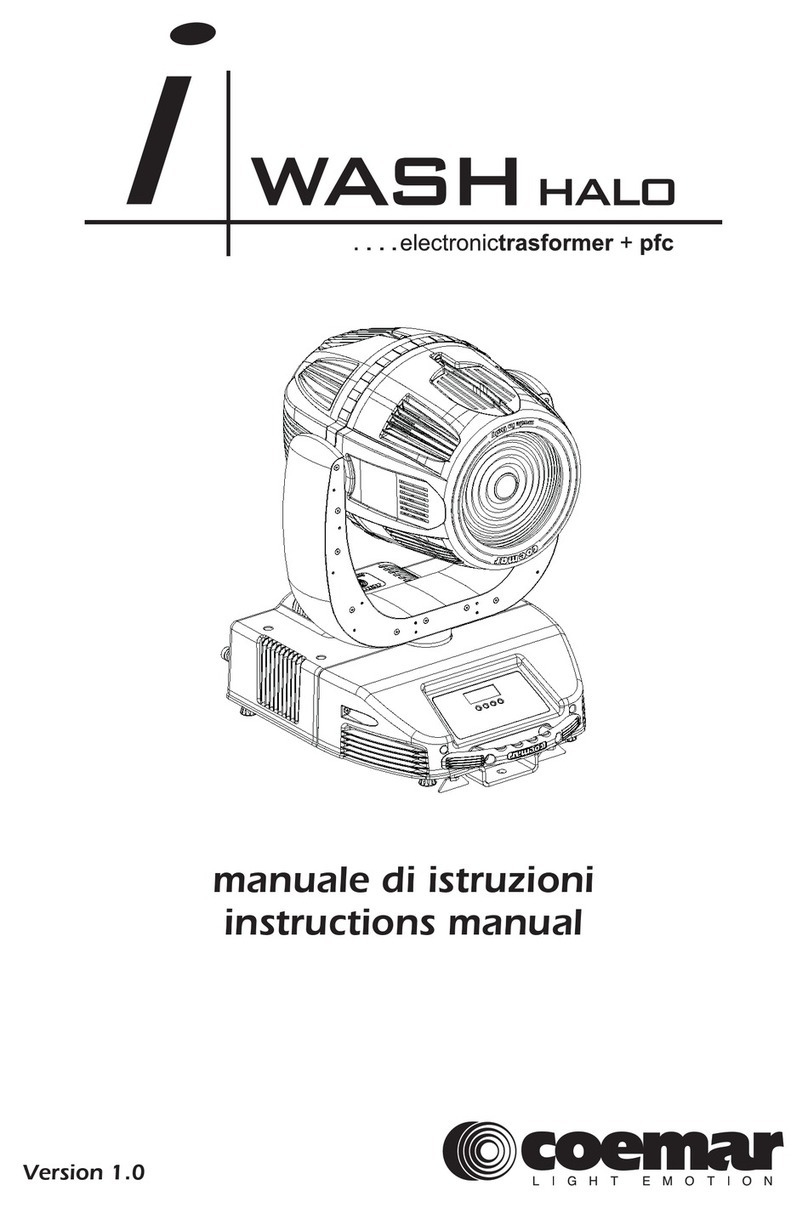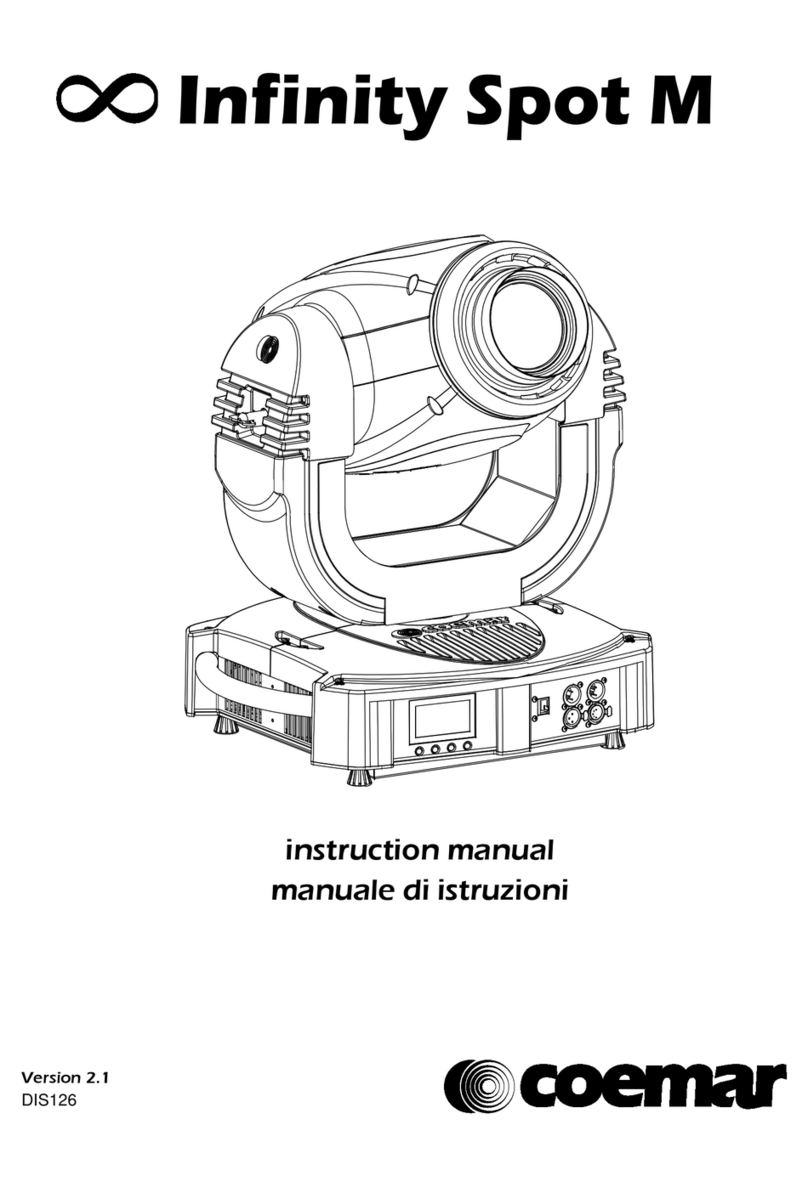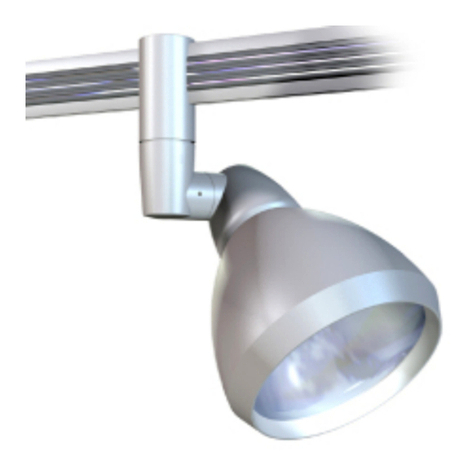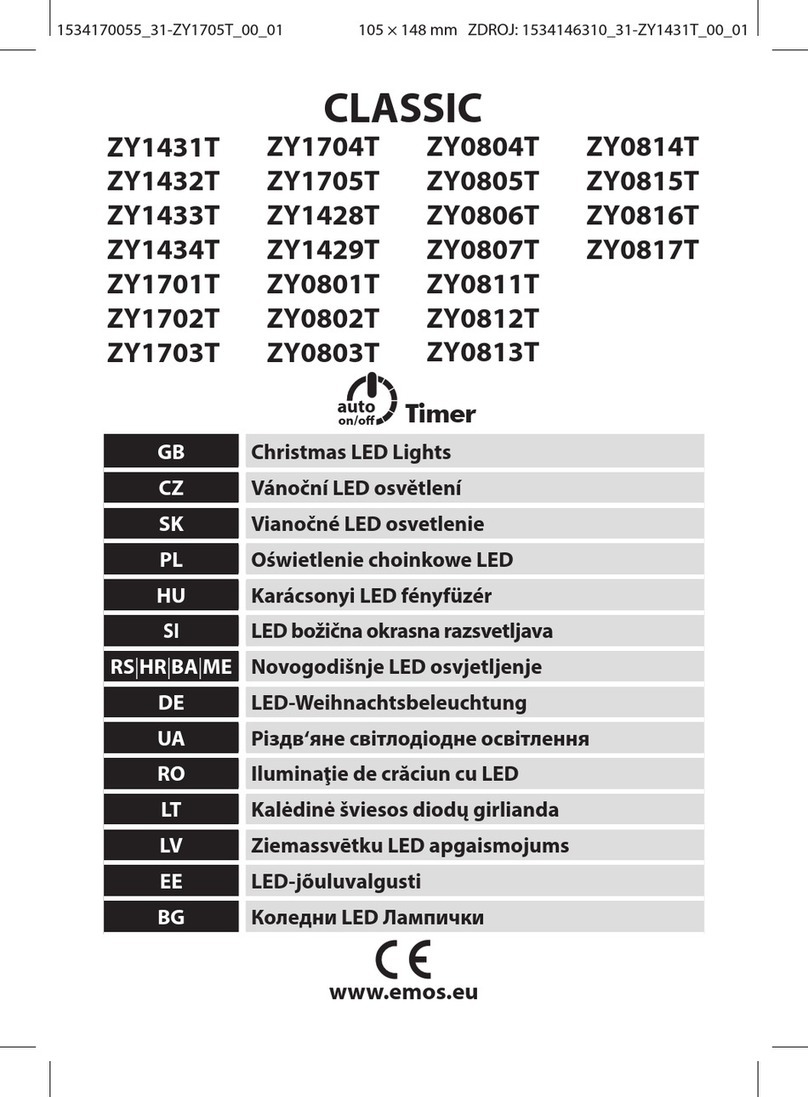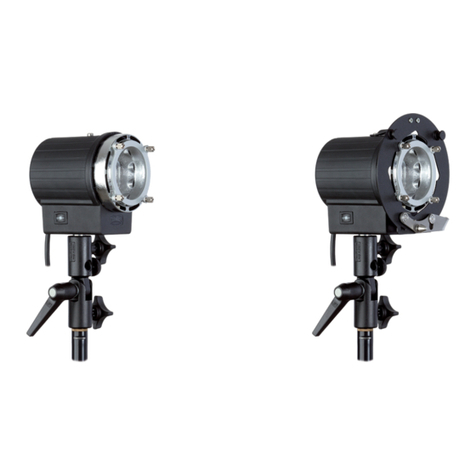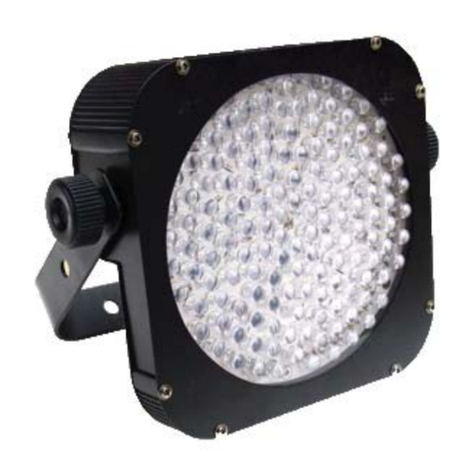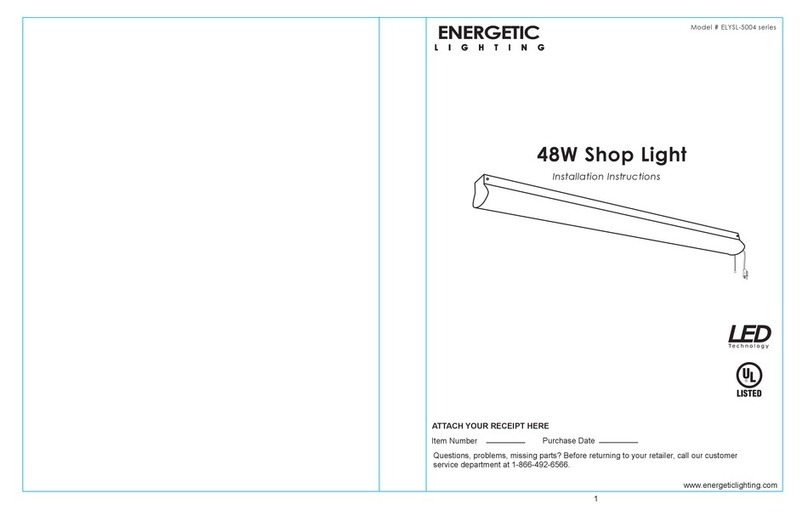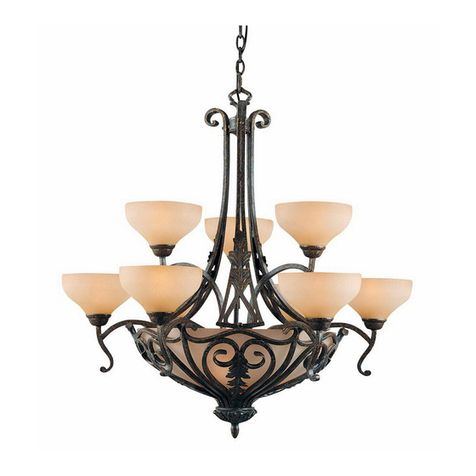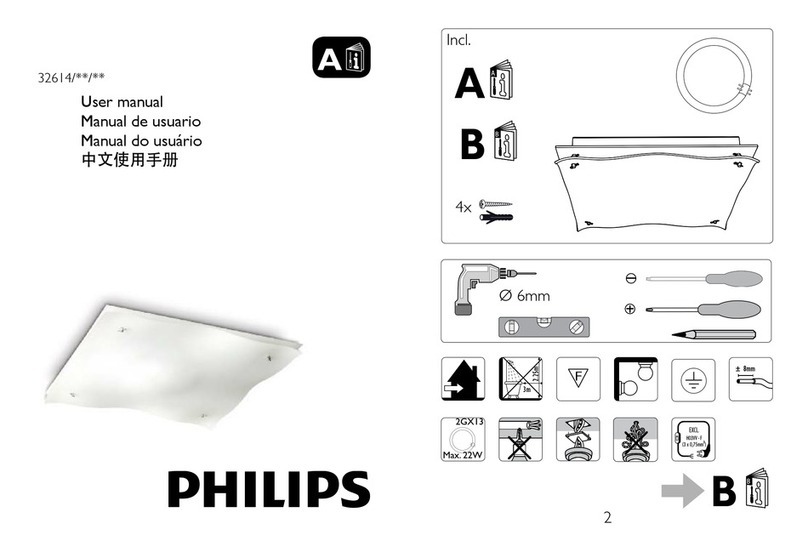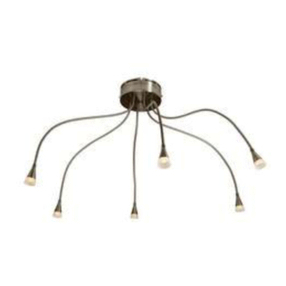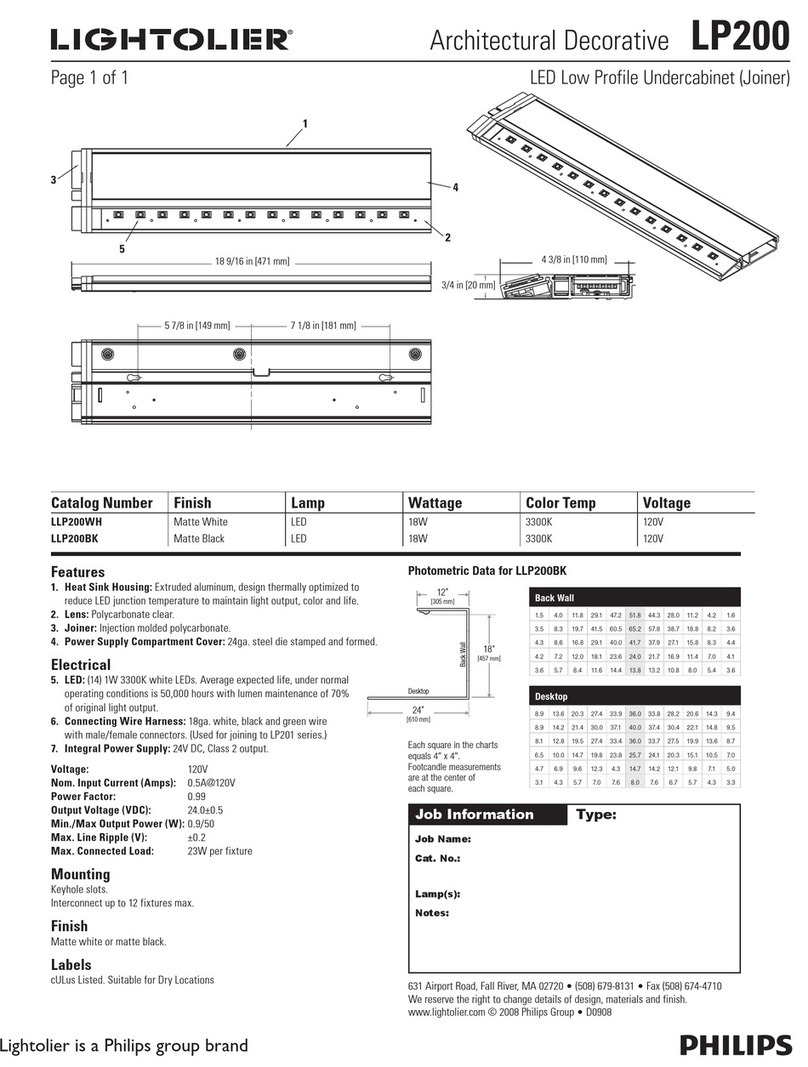English
5
Index
1.Packaging and transportation ....................................................................................................................................6
1.1 Packaging................................................................................................................................................................6
1.2 Trasportation ...........................................................................................................................................................6
2. General information....................................................................................................................................................6
2.1 Important safety information....................................................................................................................................6
2.2 Warranty conditions ................................................................................................................................................7
2.3 EC Norms................................................................................................................................................................7
3. Product specifications................................................................................................................................................7
3.1 Technical characteristics.........................................................................................................................................7
3.2 Dimensions..............................................................................................................................................................7
3.3 Projector Components ............................................................................................................................................8
4. Installation ...................................................................................................................................................................8
4.1 Mechanical installation............................................................................................................................................8
4.2 Safety connection....................................................................................................................................................9
5. Powering up.................................................................................................................................................................9
5.1 Connecting to mains power.....................................................................................................................................9
6. Control signal connections......................................................................................................................................10
6.1 Connection through ArtNet.protocol......................................................................................................................10
7. Turning on the projector ..........................................................................................................................................11
7.1 DMX address of the projector ...............................................................................................................................11
7.2 DMX functions.......................................................................................................................................................12
8. Display panel functions............................................................................................................................................14
8.1 Quick guide to menù .............................................................................................................................................14
8.2 Rapid count ...........................................................................................................................................................14
8.3 Main functions.......................................................................................................................................................15
8.4 Measures...............................................................................................................................................................17
8.5 Display setup.........................................................................................................................................................17
8.6 Demo mode...........................................................................................................................................................18
8.7 Special mode and electronic motor alignment......................................................................................................18
9. Lamp installation and alignment.............................................................................................................................20
9.1 Lamp installation ...................................................................................................................................................20
9.2 Aligning the lamp in the optical path .....................................................................................................................21
10. Operating on inside groups...................................................................................................................................21
10.1 How to open the projector...................................................................................................................................22
10.2 How to extract the gobos and colour changer assembly....................................................................................22
10.3 Standard gobos wheel configuration (gobos wheel 1)........................................................................................22
10.4 How to replace gobos .........................................................................................................................................23
10.5 Standard color wheel configuration.....................................................................................................................24
10.6 How to replace filters...........................................................................................................................................24
10.11 Reassembly the groups on the projector ..........................................................................................................24
11. Maintenance ............................................................................................................................................................25
11.1 Periodic cleaning.................................................................................................................................................25
11.2 Periodic maintenance..........................................................................................................................................25
12. Spare parts ..............................................................................................................................................................25
12.1 Spare parts..........................................................................................................................................................25
13. Error messages.......................................................................................................................................................26
14. Frequently asked questions...................................................................................................................................27

